Looking to add a vibrant red dwarf shrimp to your aquarium? While you may have heard of the popular red cherry shrimp, there’s another variety of Neocaridina shrimp boasting an even more intense red hue: the Bloody Mary shrimp. These eye-catching and resilient shrimp will not only add a pop of color to your tank but also help keep it clean.
Bloody Mary shrimp are not just visually appealing; they also play a practical role in aquarium upkeep. These sociable and peaceful shrimp are adaptable to various water parameters, making them suitable for aquarists of all skill levels.
In their natural environment, Bloody Mary shrimp are scavengers, eagerly consuming any leftover waste in the aquarium. As a result, they’re particularly beneficial in planted tanks, where they contribute to maintaining a healthy and tidy ecosystem.
This article aims to provide you with comprehensive information on Bloody Mary shrimp care, covering their appearance, habitat, water requirements, suitable tankmates, diet, breeding, and common health issues.
By the end of this read, you’ll have all the knowledge necessary to establish and maintain your own Bloody Mary shrimp colony, allowing you to appreciate their beauty and practical contributions to your aquarium.
Bloody Mary Shrimp Facts & Overview:
- Scientific Name: Neocaridina Davidi
- Common Names: Bloody Mary Neocaridina or Bloody Mary Cherry Shrimp
- Care Level: Easy
- Native to: Captive-Bred
- Minimum Tank Size: 5 gallons, Optimum: 10 gallons
- Preferred Temperature: 65°F to 85°F (23–29°C)
- pH Range: 6.5–8.0
- Total Dissolved Solids (TDS): 200-275 ppm
- Maximum Size: 2 inches, Average: 1-1.5 inches
- Lifespan: 1 to 2 years
- Temperament: Peaceful
- Recommended Tankmates: Peaceful fish, shrimp, or snails of similar or small size
- Preferred Foods: Biofilm, fish pellets, flakes, blanched vegetables like carrots, spinach, zucchini, algae wafers
- Feeding Frequency: Once per day
- Breeding: Very easy (high-order shrimp)
- Common Diseases: Vulnerable to bacterial and parasitic infections such as Vorticella, Scutariella Japonica, Ellipsoid, Dinoflagellate, and Epibionts.
Be the first to review “Bloody Mary Shrimp – (combo 10)”
You must be logged in to post a review.
Related products
$25.99
$39.95
Shrimps
$28.00
$25.99
Shrimps
$149.99
Shrimps
$54.95
$31.00
Shrimps
$30.00



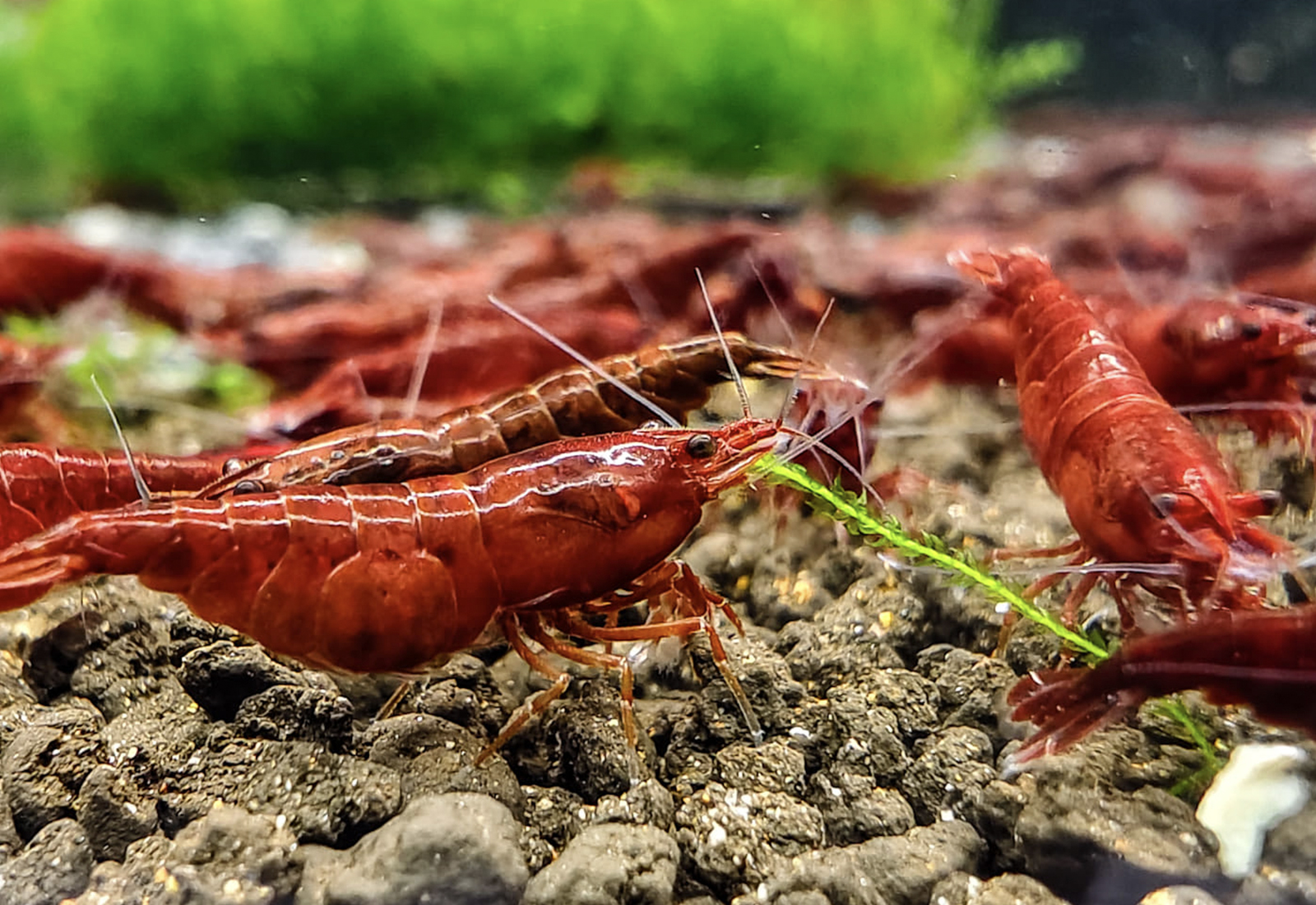

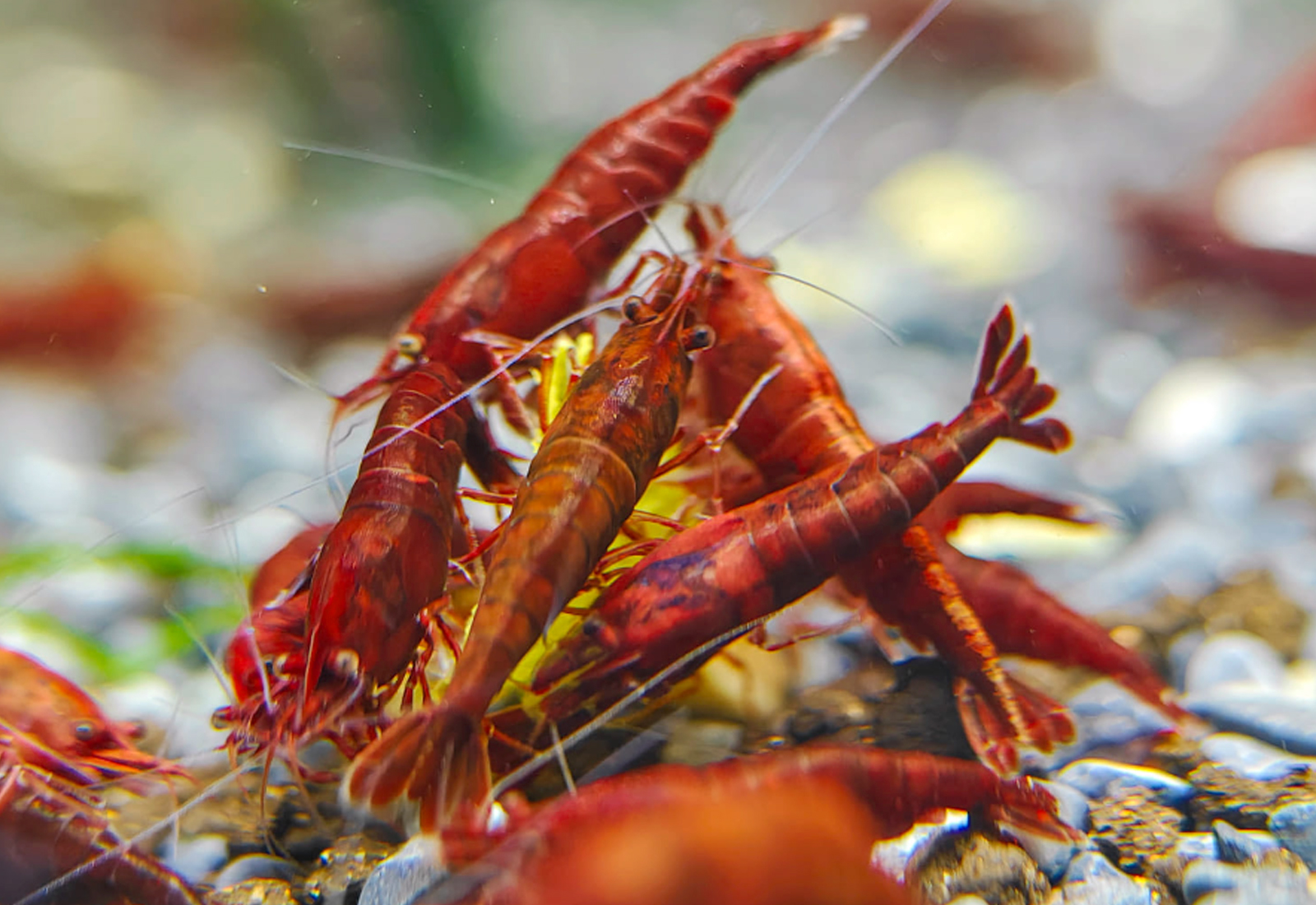
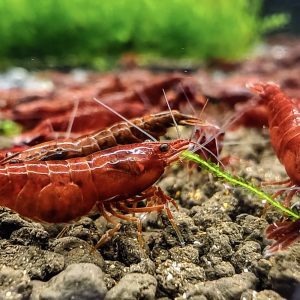
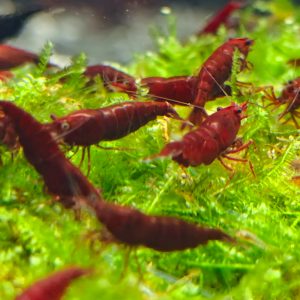
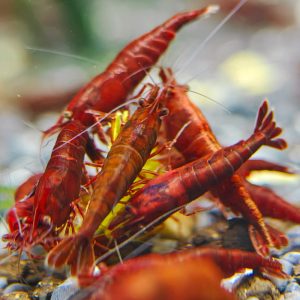
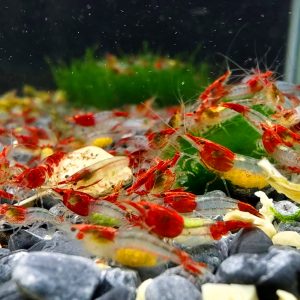
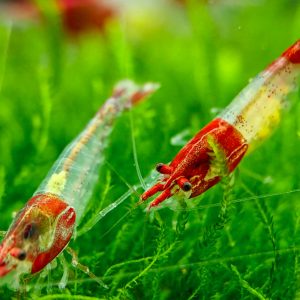
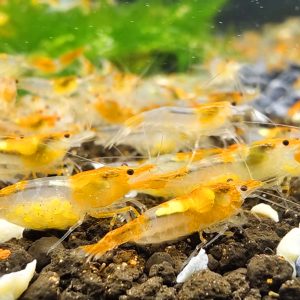

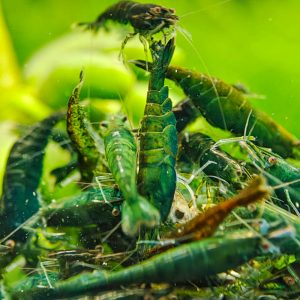
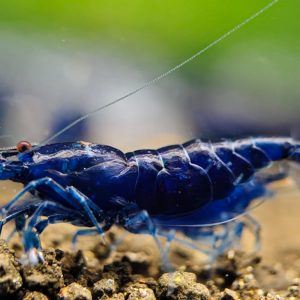
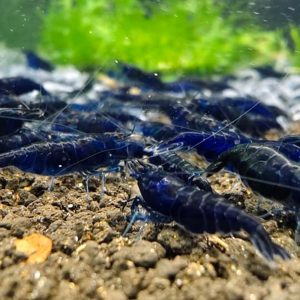
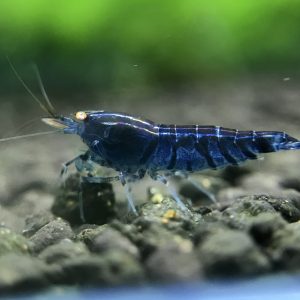
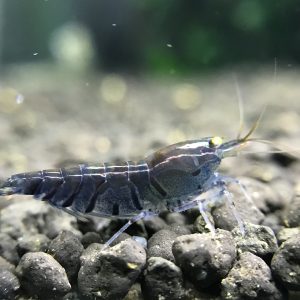
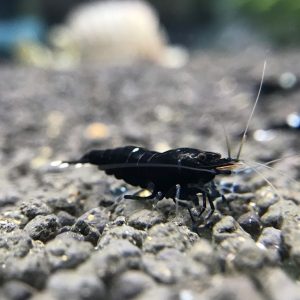

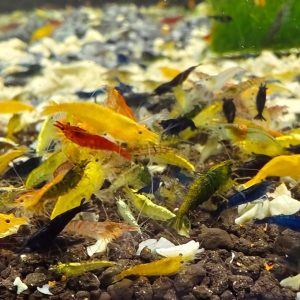
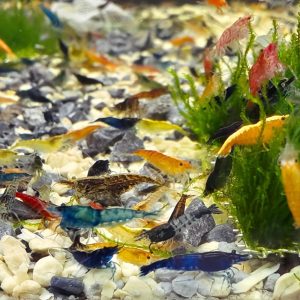
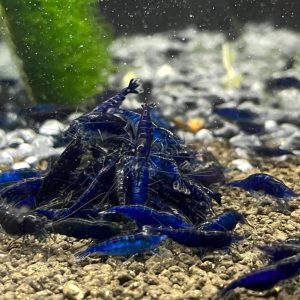

Reviews
There are no reviews yet.